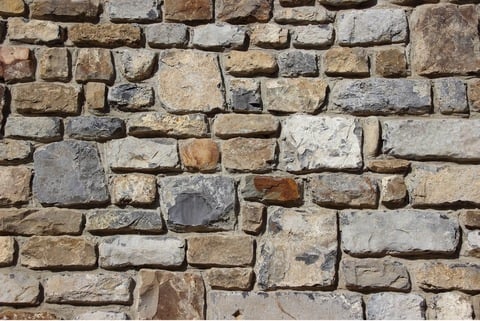All of us want a vibrant exterior while buying or selling a home. Painting your home exterior not only increases the price of your home but also protects it from the elements and extends its lifespan. Masonry paint is one of those exteriors that is resistant to all kinds of damages. However, removing it can be difficult. You may be looking to remove it to put on a new coat, or you may be removing the paint because it reduces the masonry’s natural ability to breathe.
Here, we cover some of the best masonry paint removal techniques:
Weathering
Weathering is a natural way to remove masonry paint from stone. Here, nature plays its role, and the paint deteriorates over time. However, it is a time-consuming process, and the intermediate looks are not acceptable to many. The method is not practical if the homeowner intends to sell the property.

Water Washing
Water washing is another useful technique to remove paints and emulsions. Usually, emulsion paints become soft by using hot water. We can sponge, scrub, and scrape these off with a little effort. We can also use vinegar for spotty areas and rinse these with water later. I prefer using liquid neutral detergents over alkaline soaps to remove harmful residues and new paintwork.
Steam Stripping
Superheated steam at low pressure, when applied to water thinned paints, can help remove emulsions. Usually, the combination of heat and moisture works well for softening and removing emulsions. We recommend using a hose capped with a perforated metal concentrator for the steam stripping process. Steam stripping is faster than water washing.
Poulticing
If the building has decorative stonework, the masonry paint may embed into pits and grooves, and we can use poulticing to remove stubborn areas of paintwork. However, we recommend powdered clay poulticing for paint removal from stones. We can also use whiting or sawdust mixed with a non-casting stripper. Always avoid drying the mix after application on the stone with the help of polyethylene sheeting. Remove the mixture with a scrapper and wash with water.
Chemical Paint Removers
There are two kinds of chemical paint removers, the solvent (non-caustic) and the alkaline (caustic).
- Solvent (Non-Caustic) Chemical Removers
These are in the form of methylene chloride waxes or gels that retard the evaporation process. We use these chemical removers for removing oil-based and latex paints. However, non-caustic removers are not effective against other kinds of stains. Always apply these with a brush, and the paint softens and swells, and removes with a scraper. These solvents are costly, dangerous, and unpleasant to use. Follow a thorough water wash to remove paint from cracks.
- Alkaline (Caustic) Removers
Alkaline removers use caustic soda, potash, washing soda, or similar material. Always keep in mind that these are harmful to stones if we do not wash them thoroughly. We recommend avoiding these removers for their harmful effects.
Mechanical and Manual Abrasive
The mechanical abrasive method is not practical because it damages the masonry paint surface. However, we can use manual abrasion if the paint has become brittle because it easily comes off.
Looking for a reliable and high-quality painting company? Look no further than Life in Color! Contact us at our website or call us at 480-229-7615.
